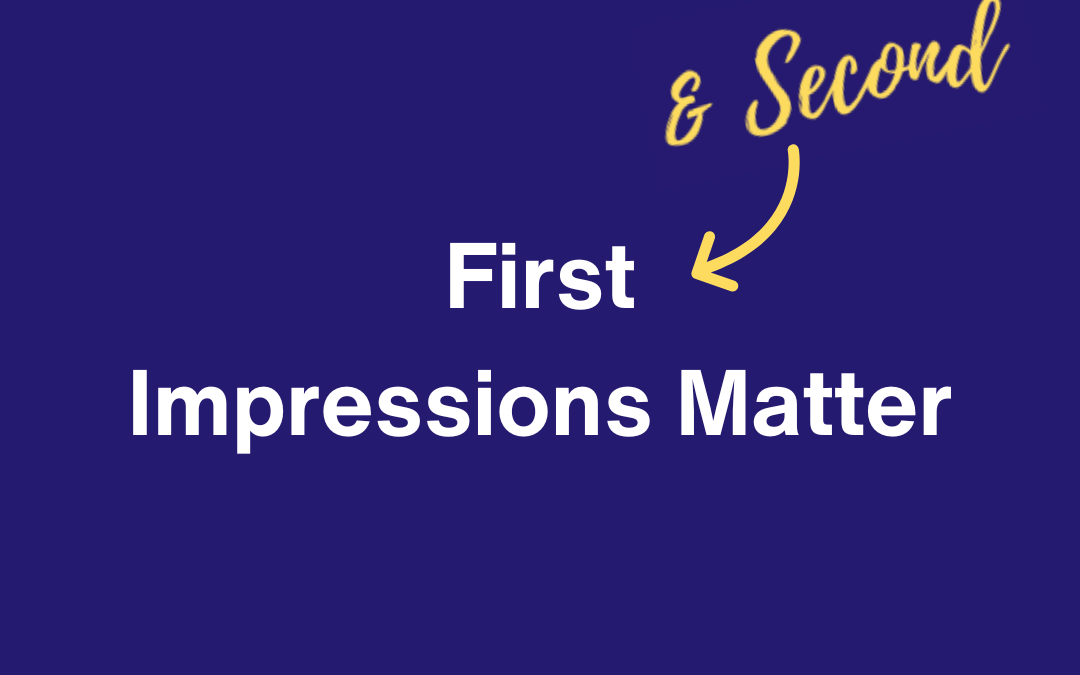If you typically find prospects by meeting them face-to-face, you’re probably really good at making a solid first impression. But don’t overlook this fact: Your second impression matters, too.
Because second impressions can help solidify if someone does or doesn’t want to do business with you.
And your second impression is often your website.
Think about it: People meet you at an event, and they remember that you came across as someone they may want to do business with. But they don’t remember the details of what you do.
So, they research you online. And that’s where you need to make a strong second impression.
To do that, your website should confirm that you are a helpful, knowledgeable person by being clear. This means it should immediately explain:
✅ What you do (i.e., mentions one problem you solve)
✅ What your prospects can expect after working with you
✅ What the next step is for them to do business with you (more on this below)
Calling Your Prospect to Action
The next step in doing business with you should be your call-to-action (CTA) buttons. They should be clear (like, Schedule a Call or Buy Now), and you should repeat these throughout your website, so when people scan it, they keep seeing what you want them to do.
This is the online equivalent of being clear and direct with your prospect.
Don’t leave your prospect guessing on what you want them to do next. Also, don’t make them hunt, just so they can understand if you’ll be able to help them. Because if your website doesn’t clearly explain how you can help your prospects, they’ll just go to a website that does.
Listen with your website & don’t ramble
And, if you made a solid first impression, chances are you were focused on listening to the other person. To make sure your website reflects this, it should also be:
➡️ Focused on your customer (so, have more “you/your” language than “we/our” language).
➡️ Scannable with tight, clear copy (which is the online equivalent of not rambling on and on).
Bottom line
We all know first impressions matter. But so do second impressions.
When the words on your website are clear and focused on your customer, there isn’t this odd gap between how you show up in-person and how you show up online.
When you can bridge this gap, you can use your website to build credibility and earn more trust with your prospects.
As a marketer, I deal in second impressions. If I can help you, click the Book a Call with Paul button at the top-right corner of this page to schedule a consultation.
